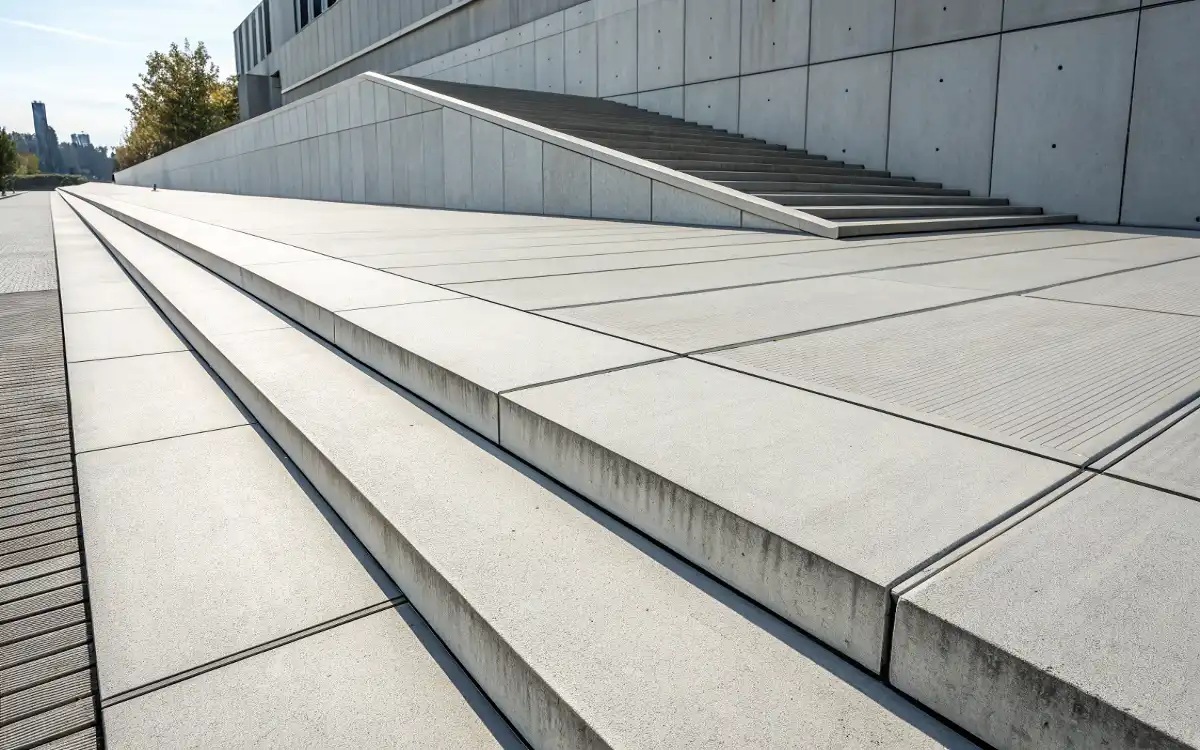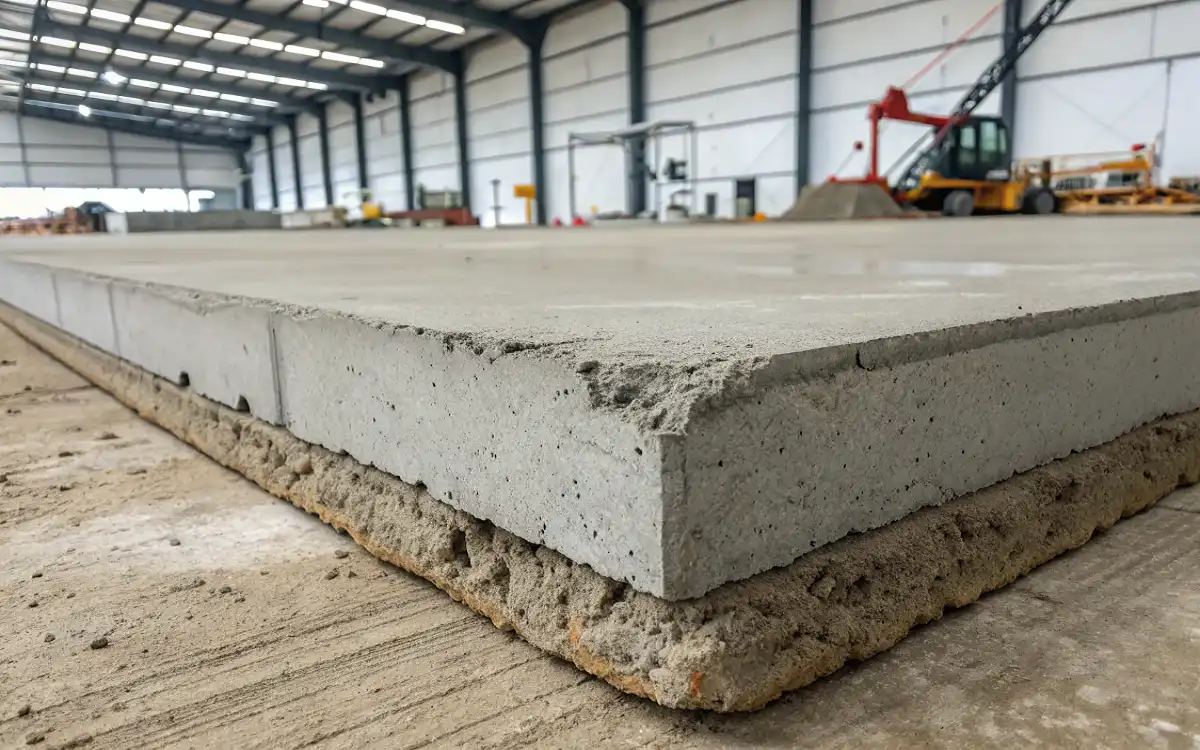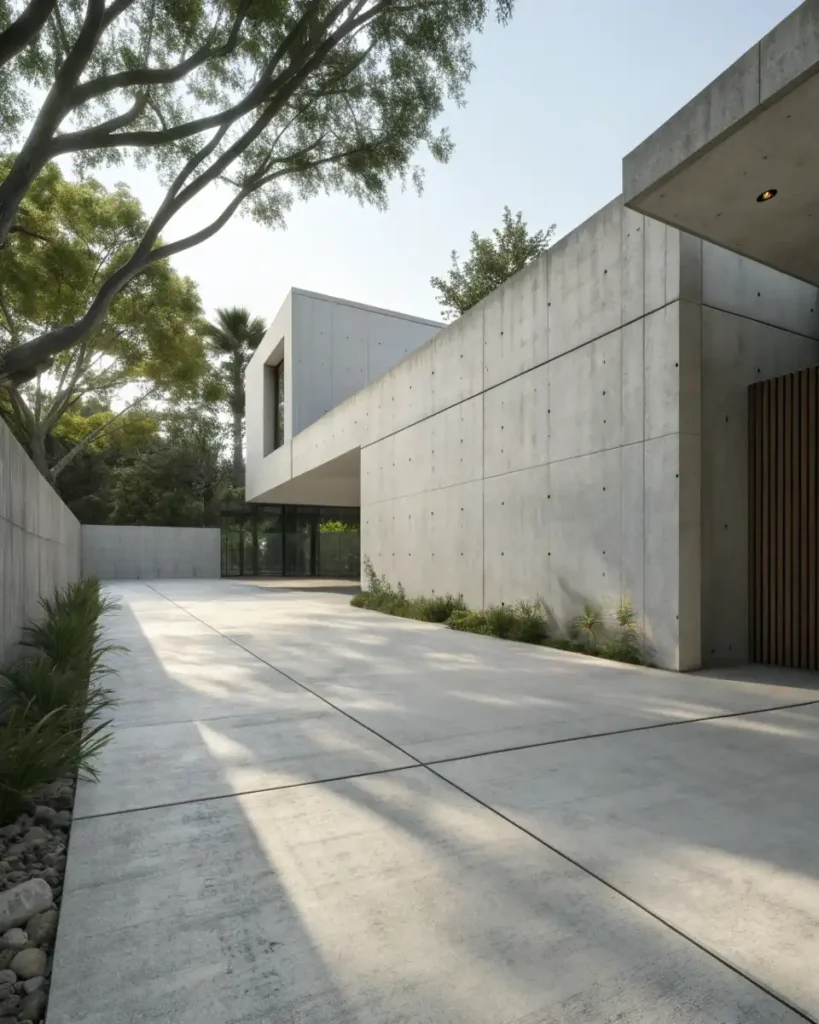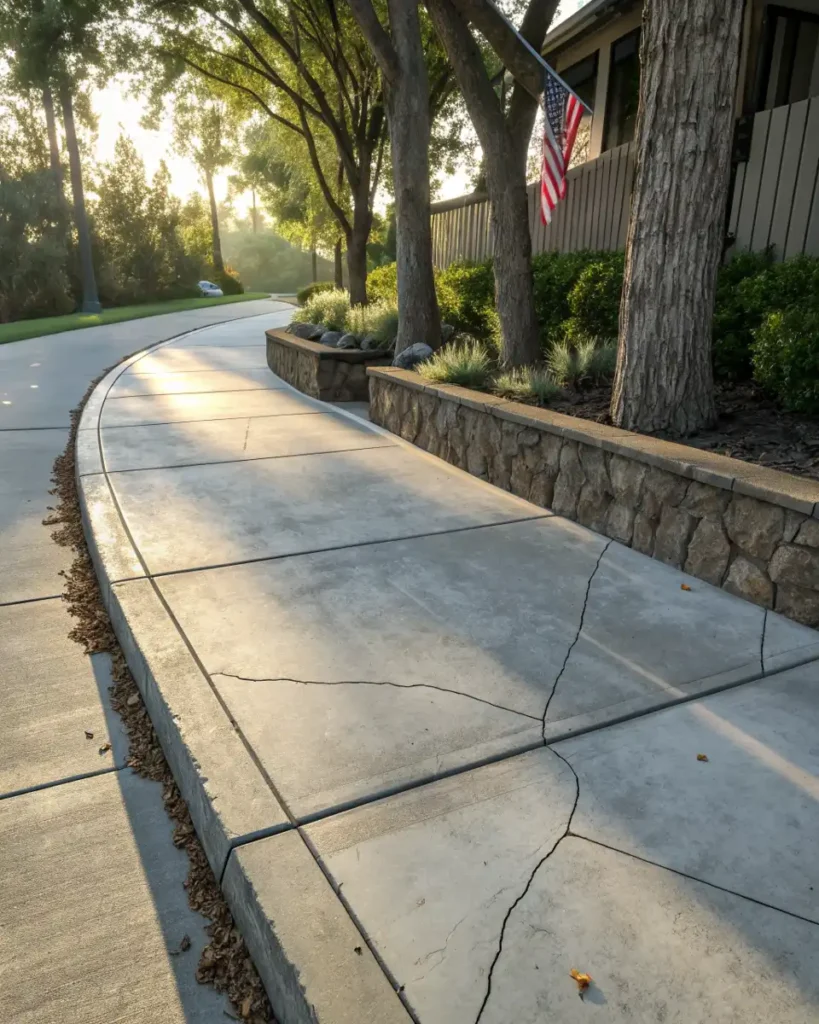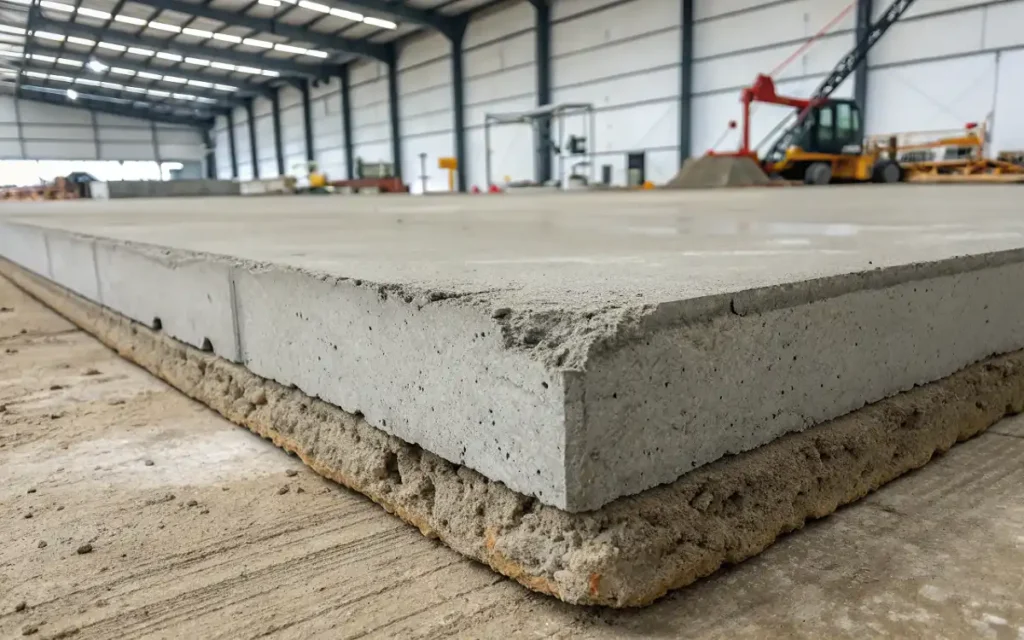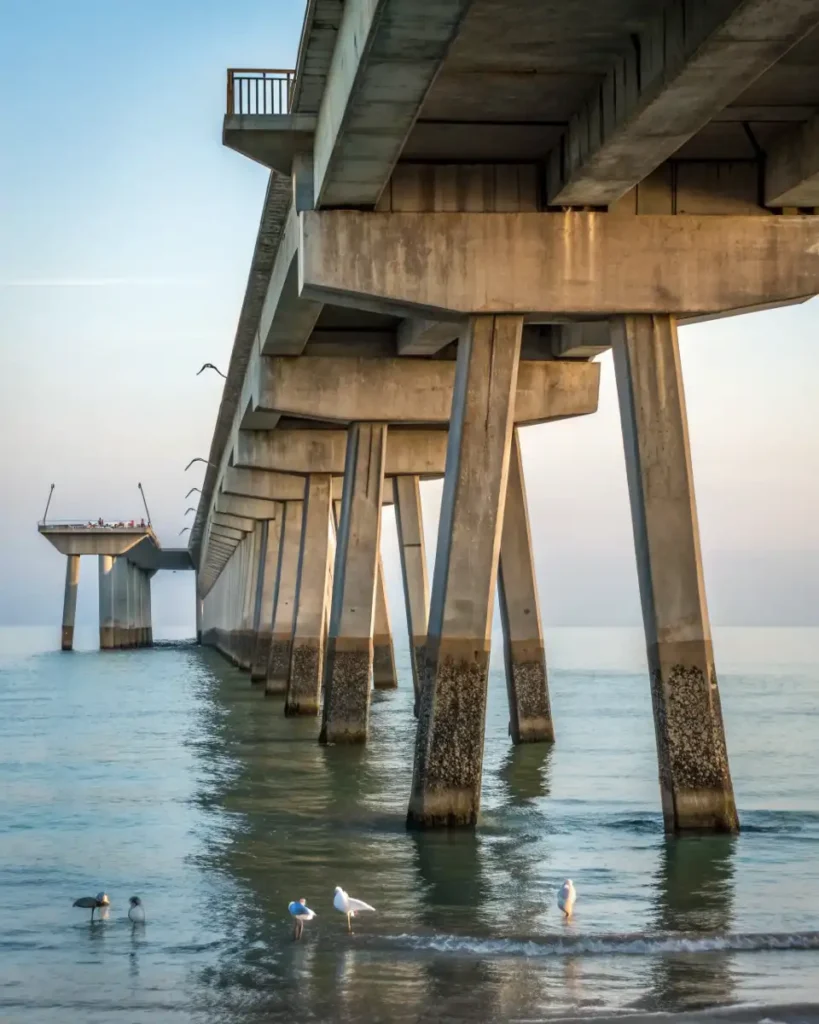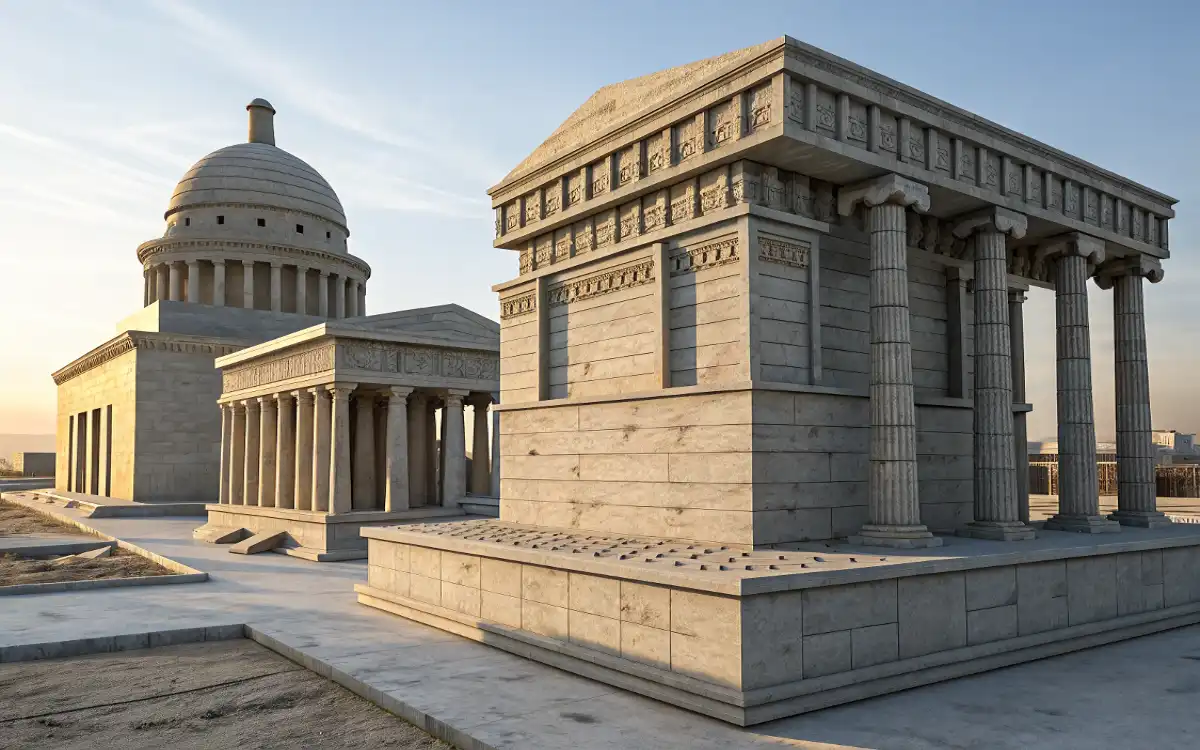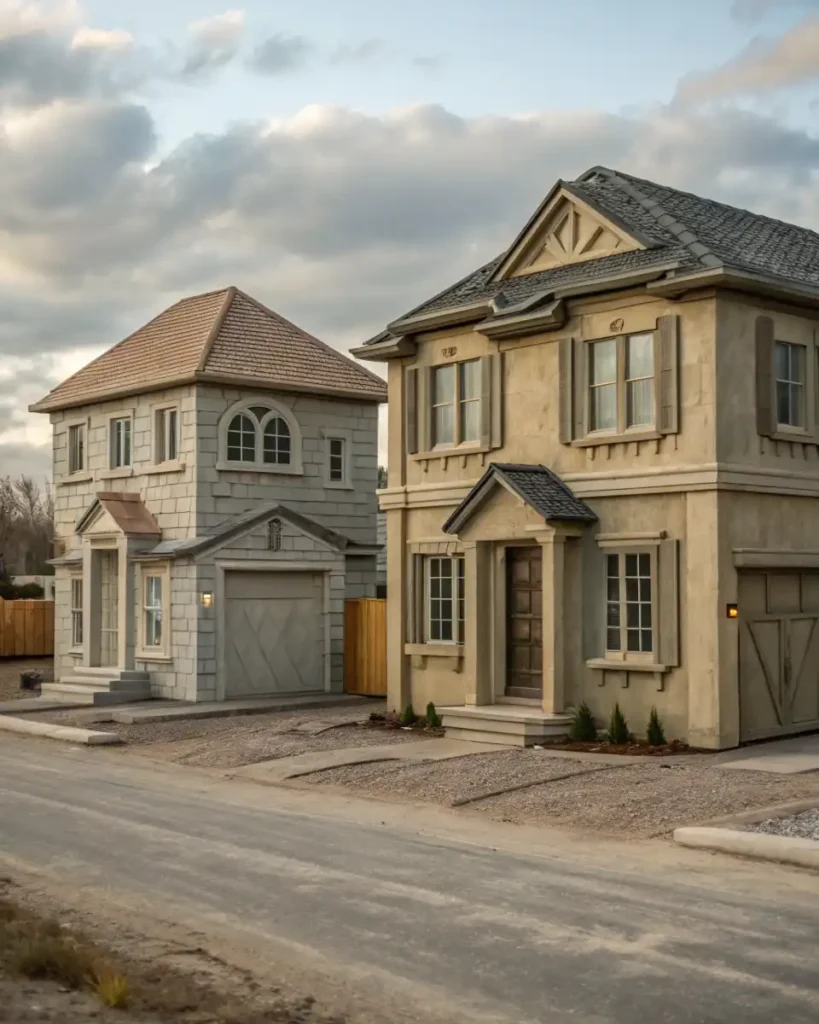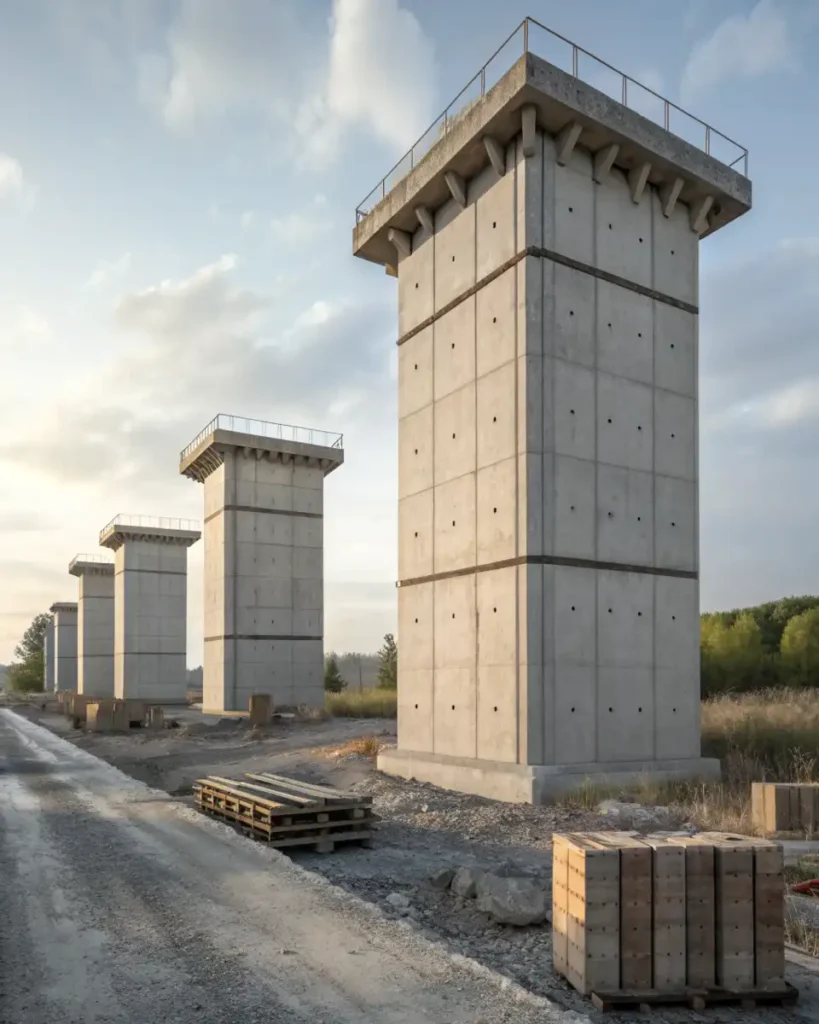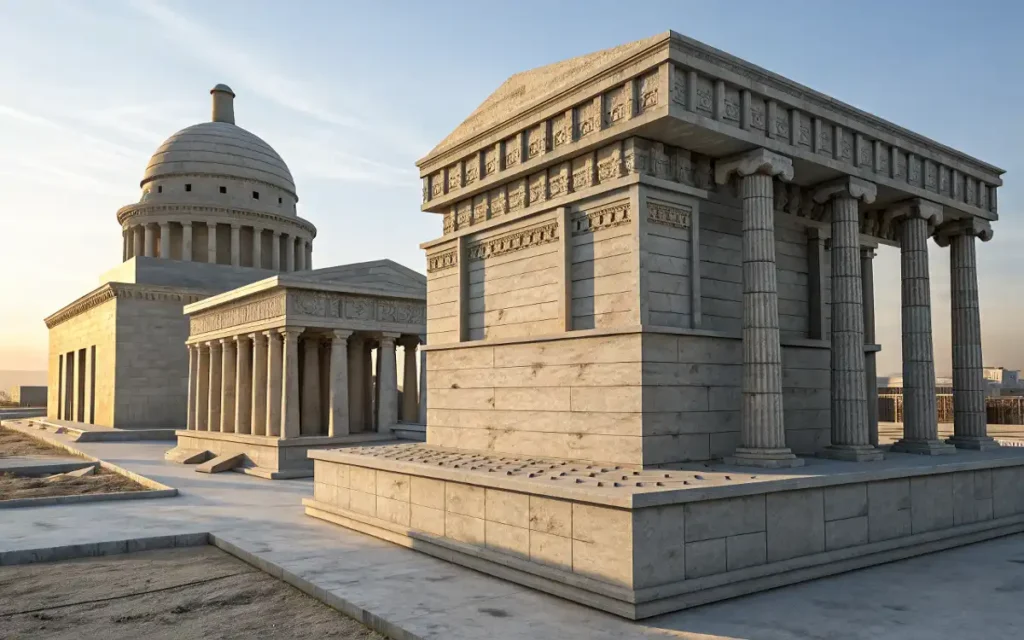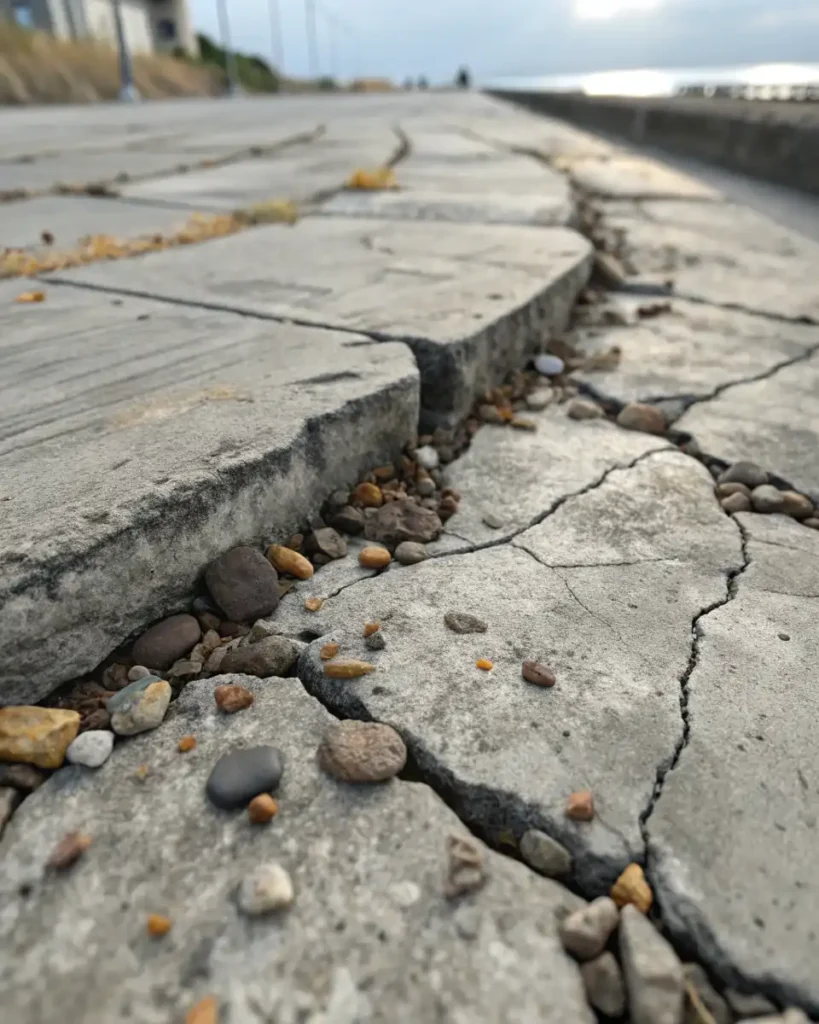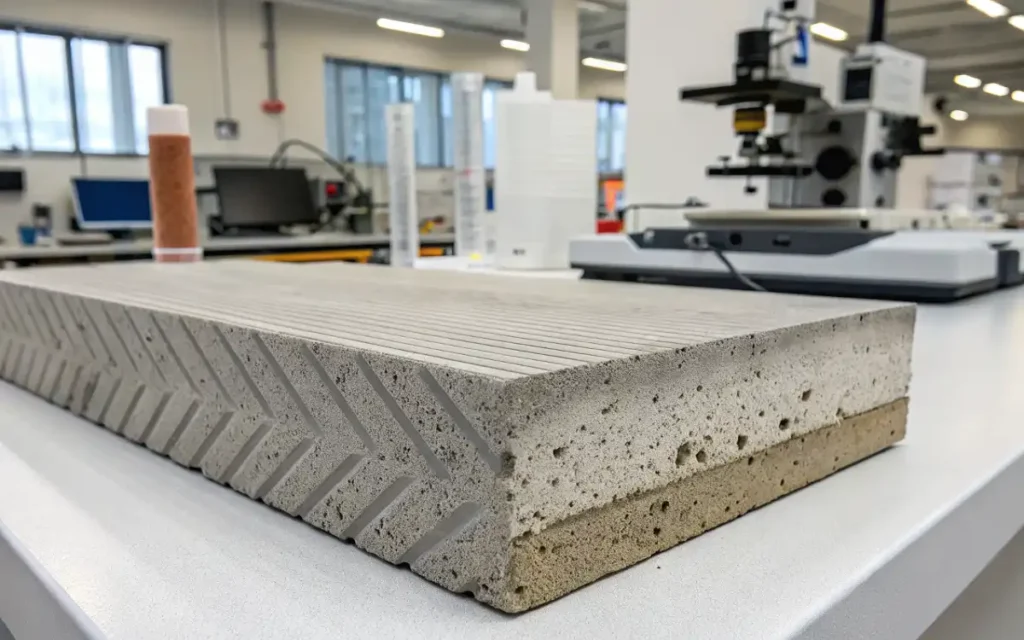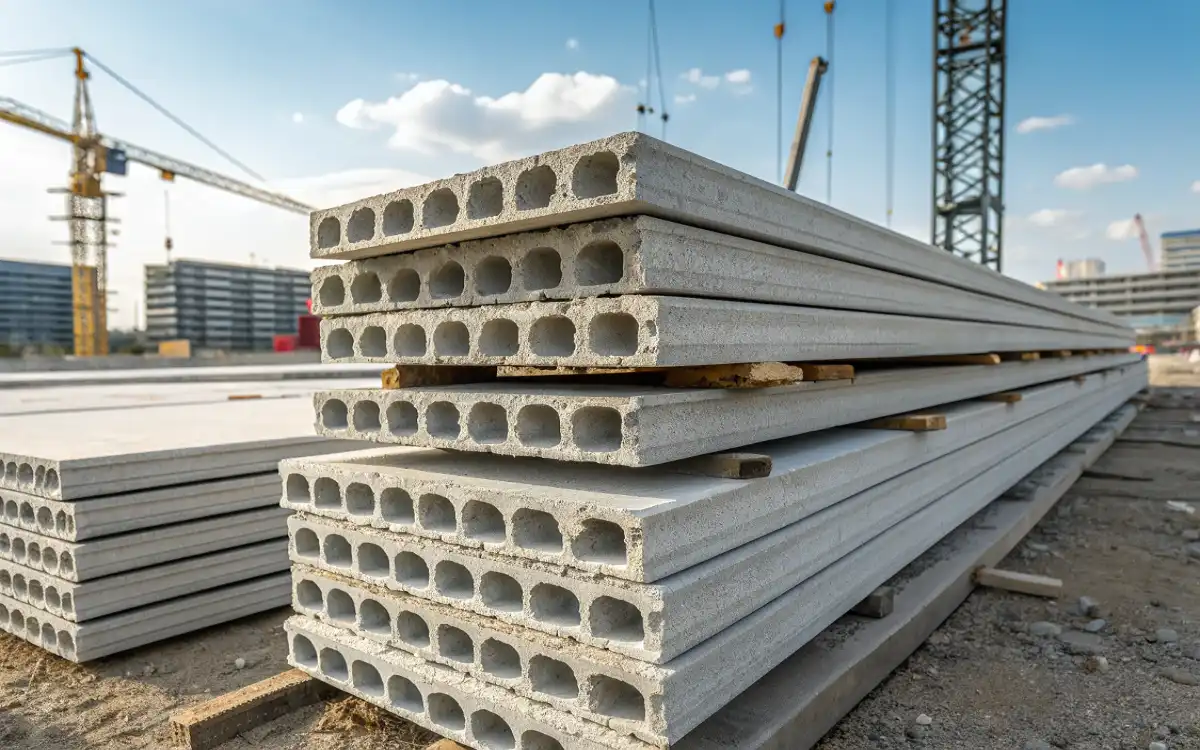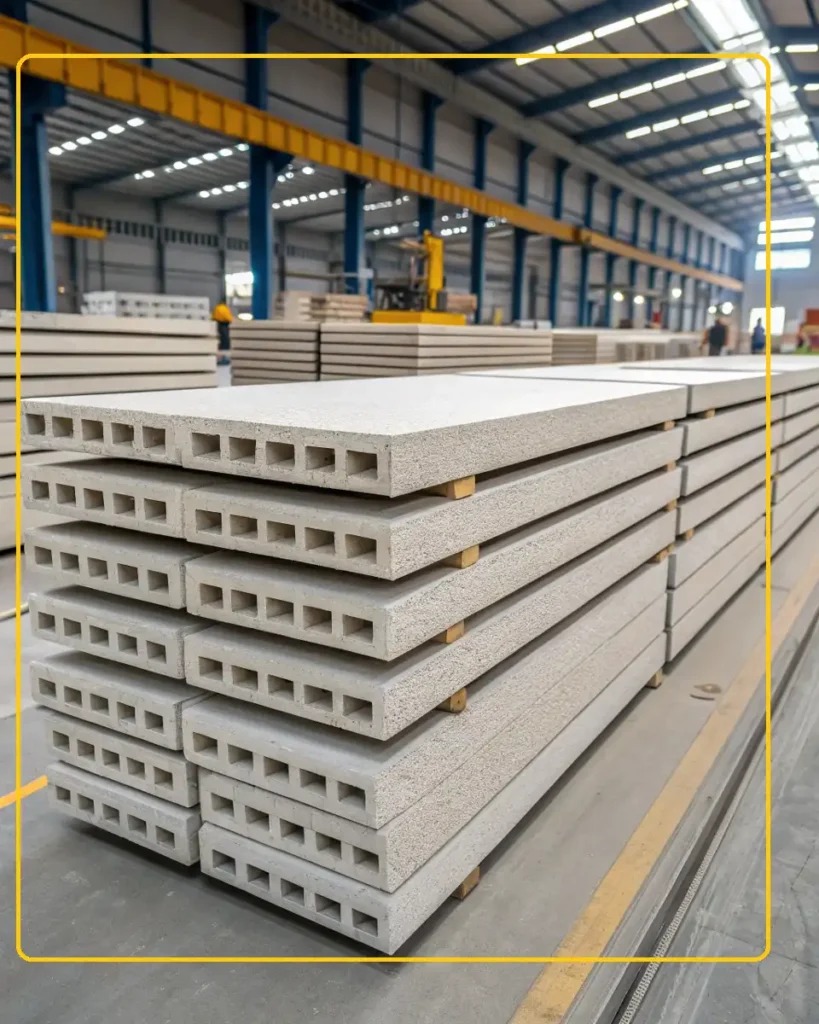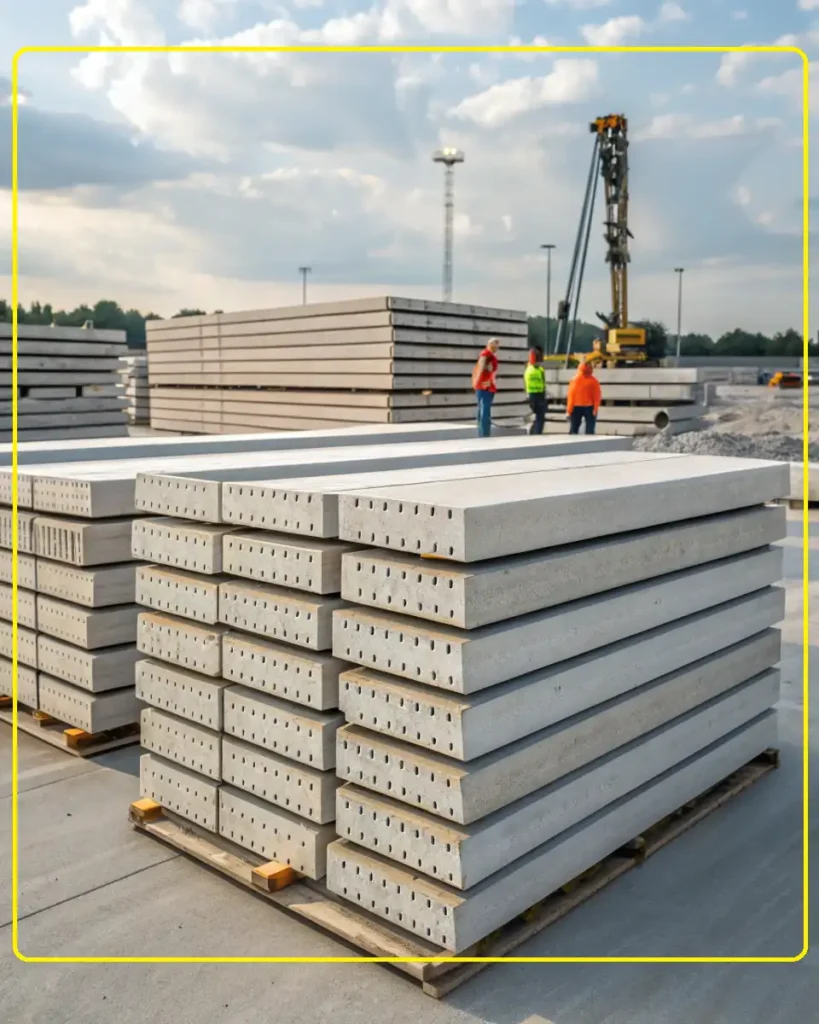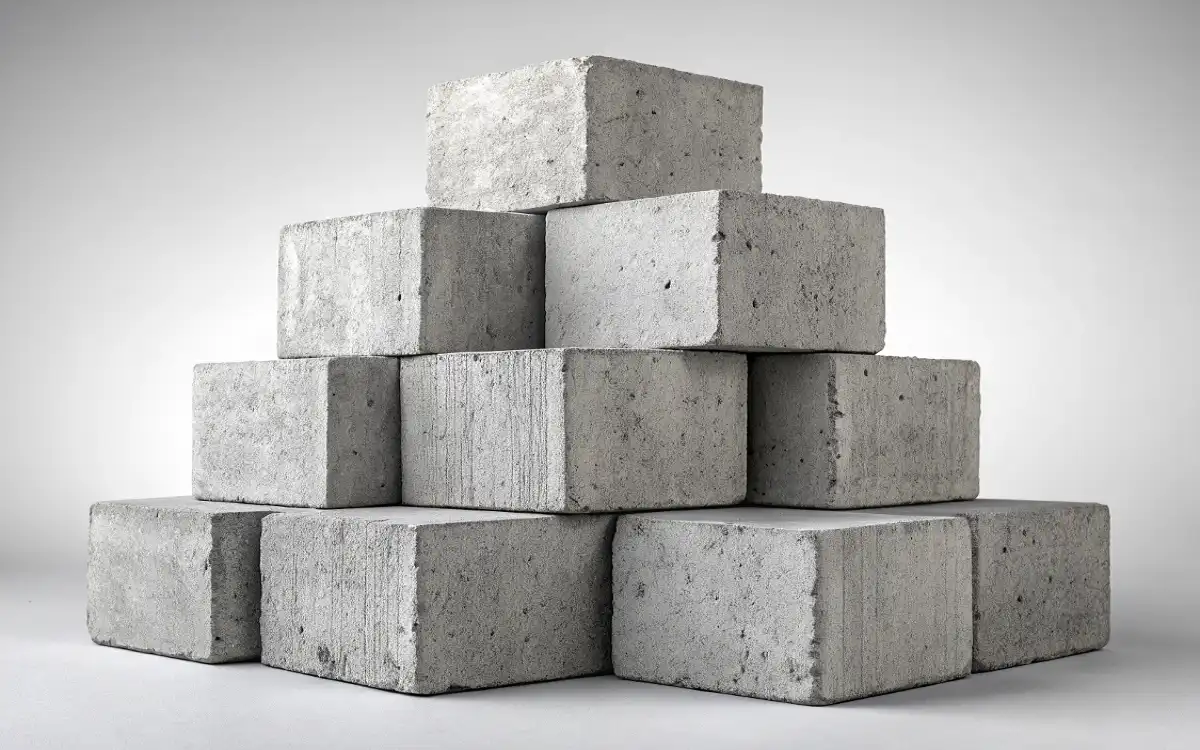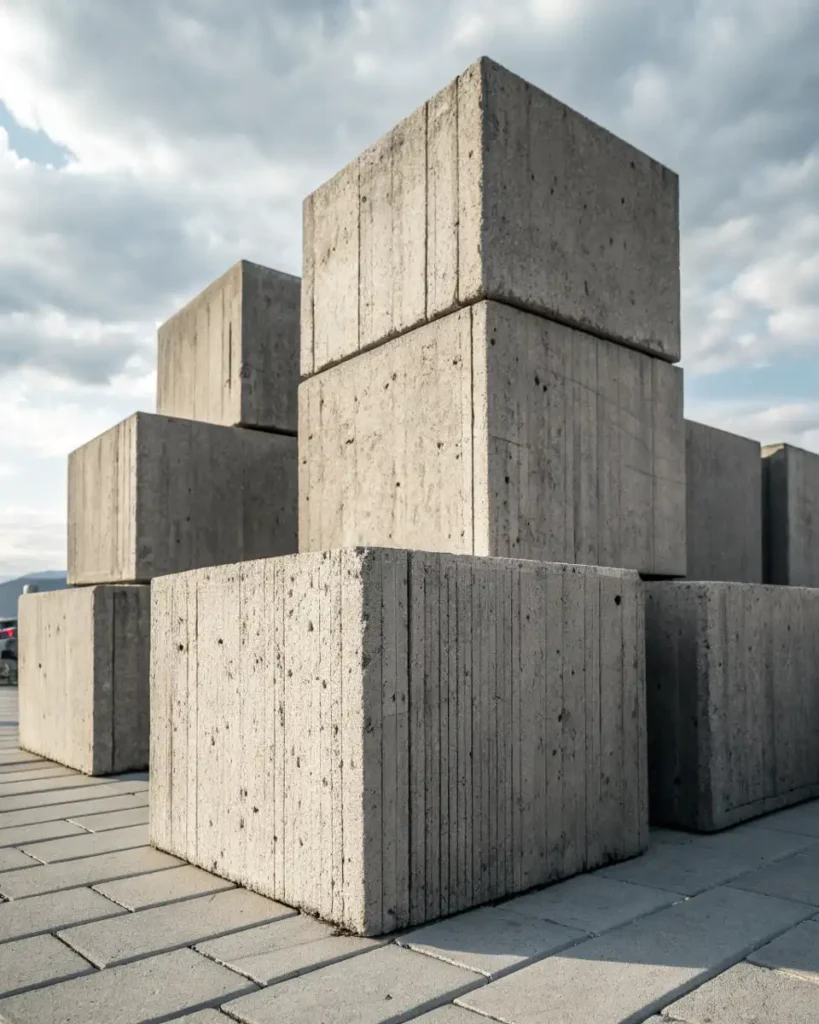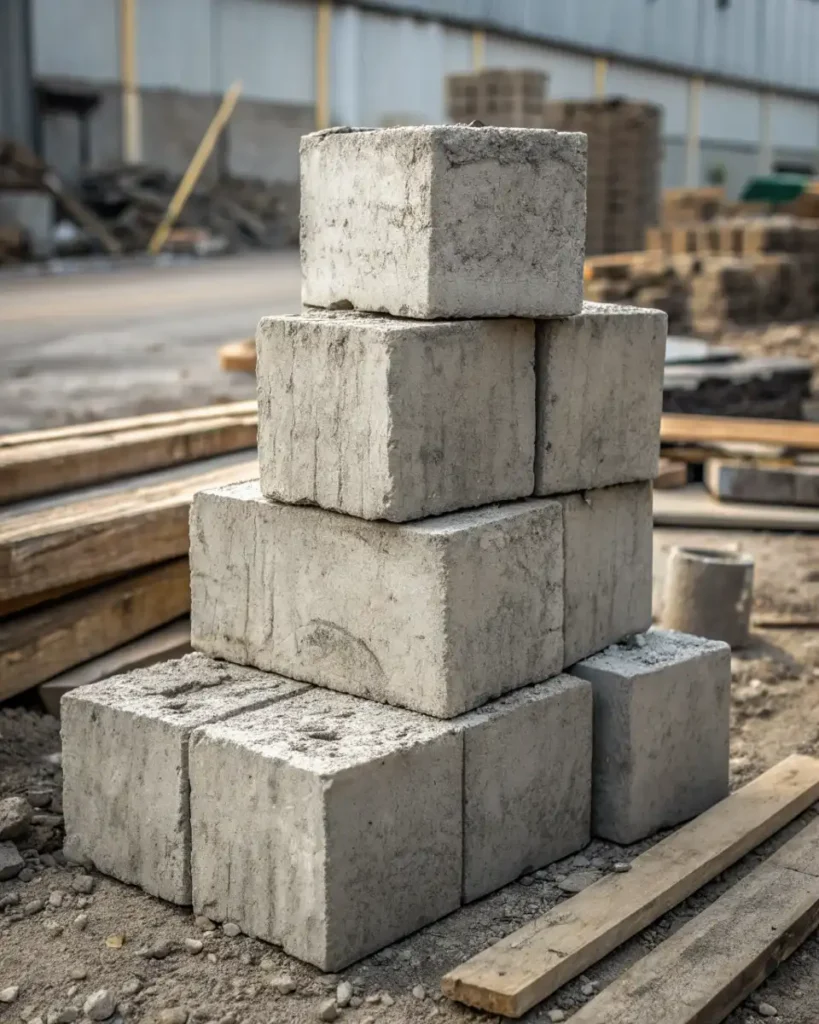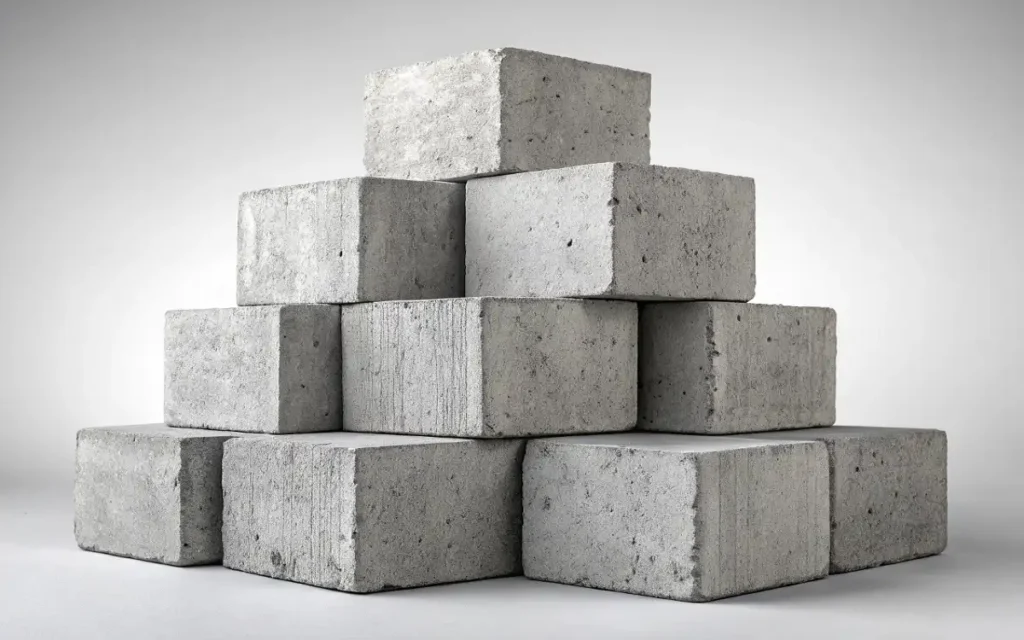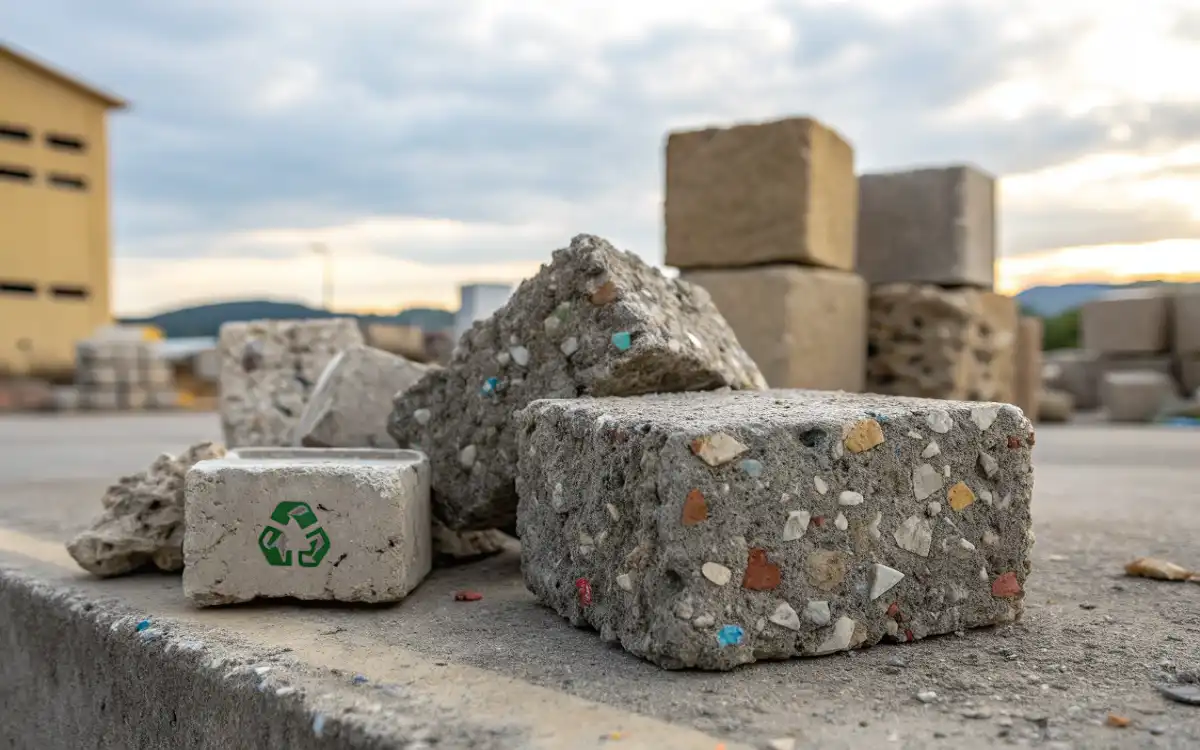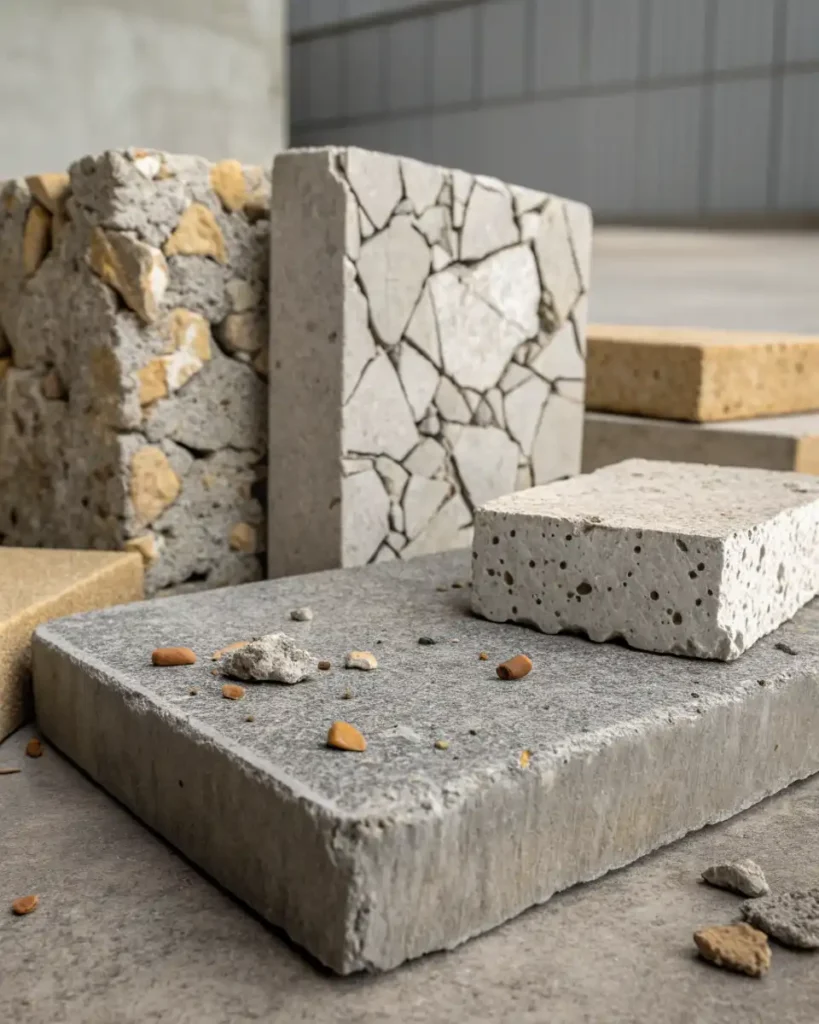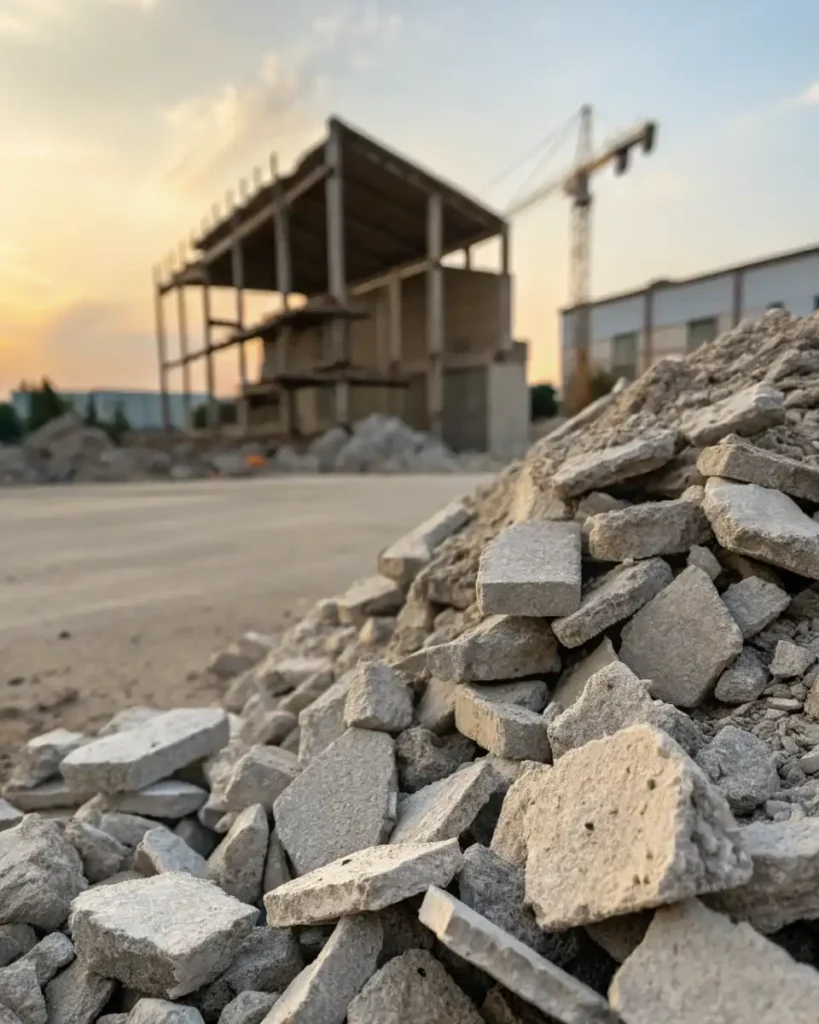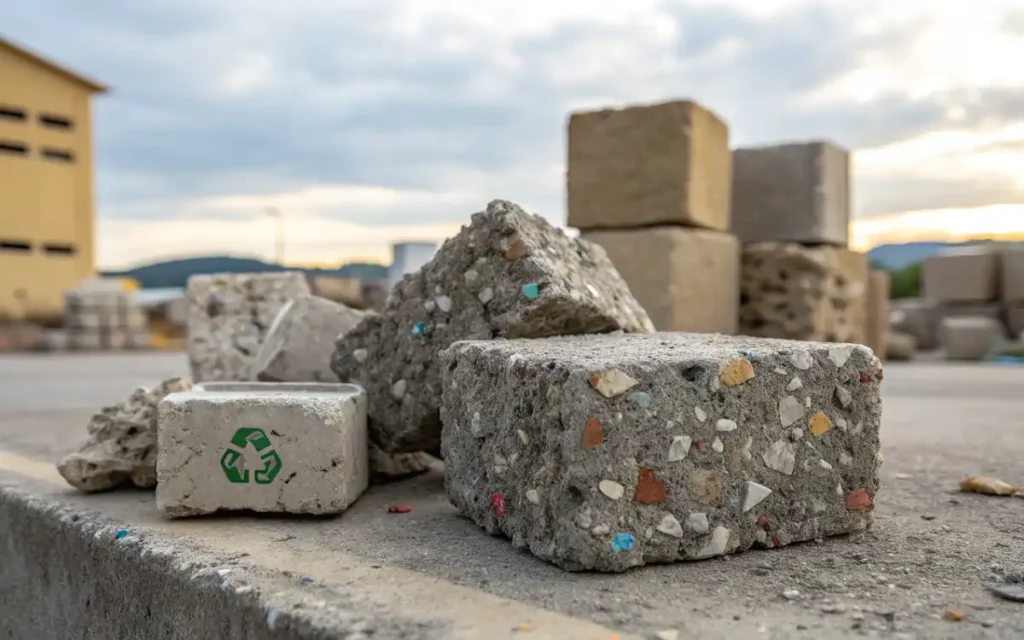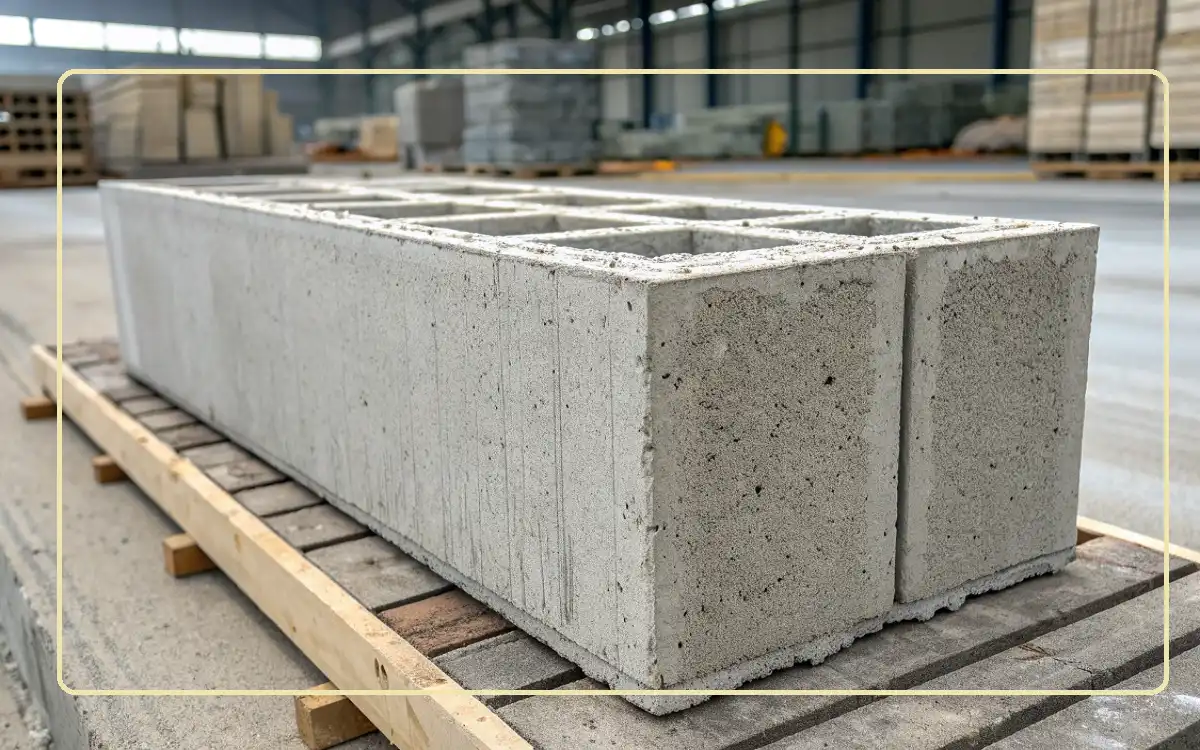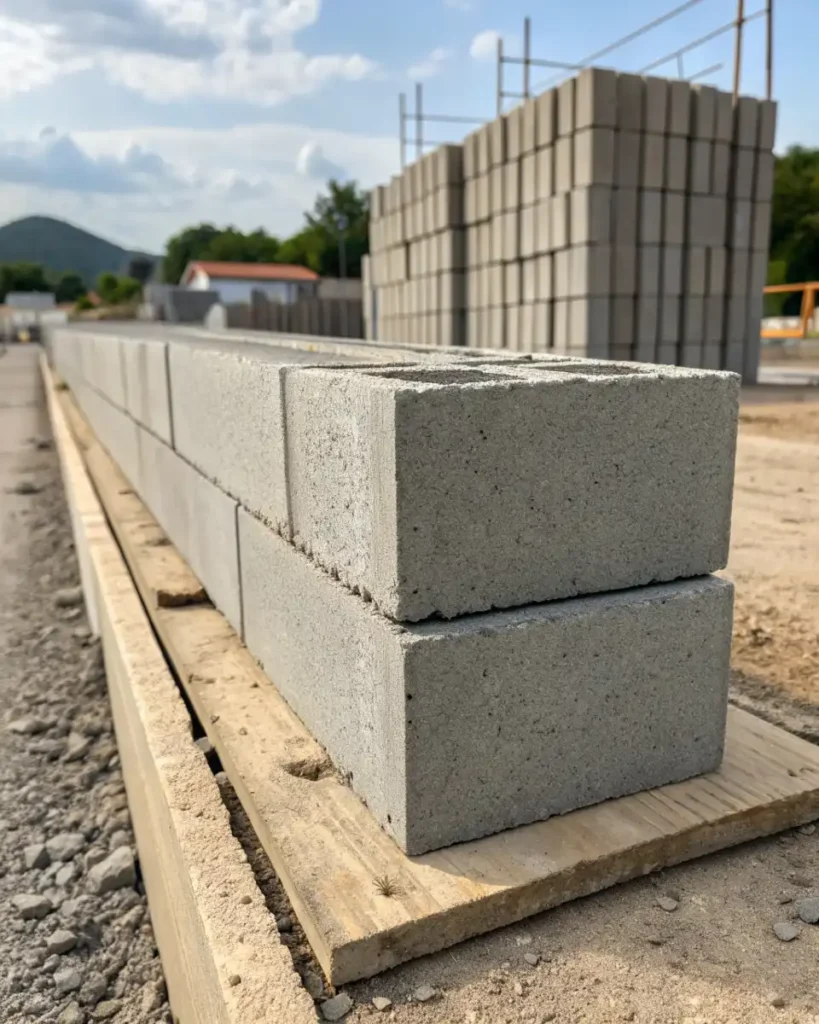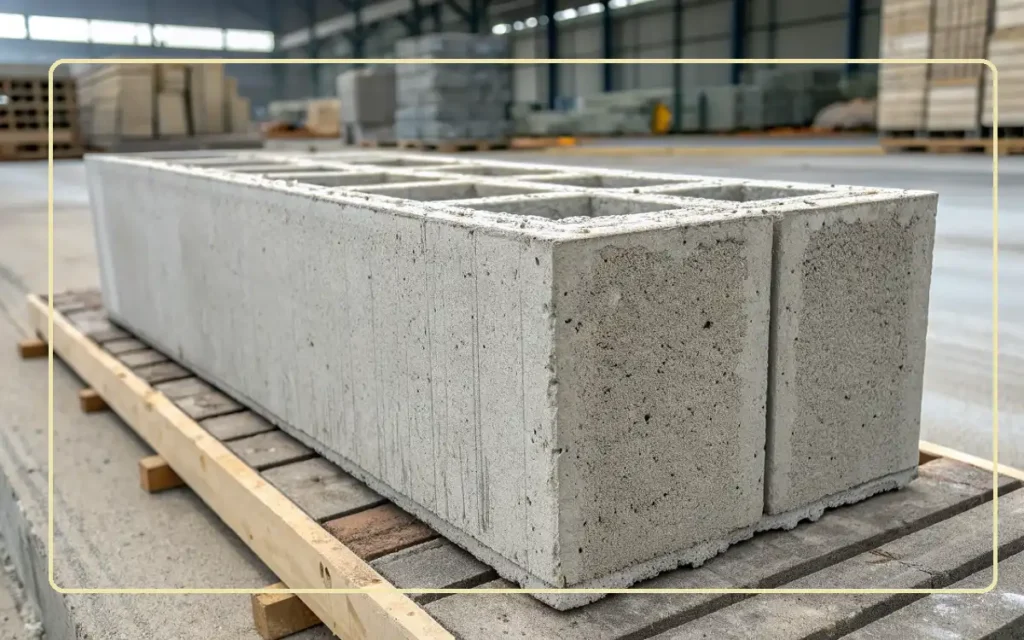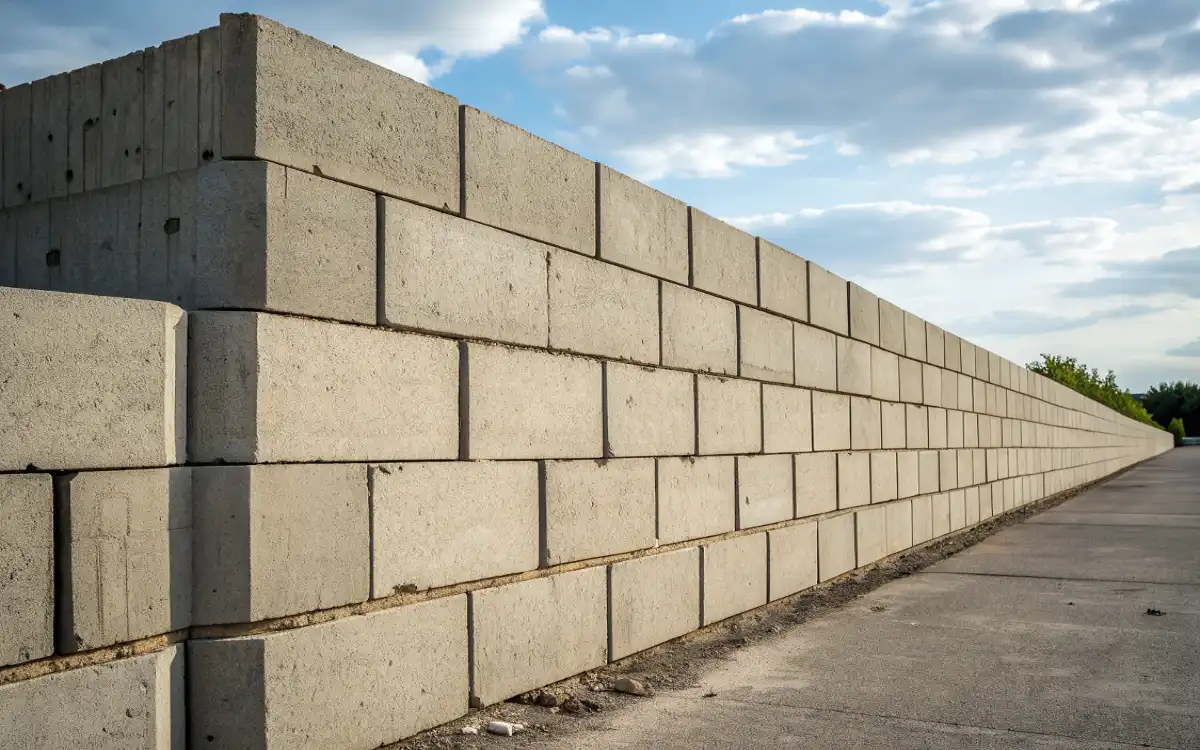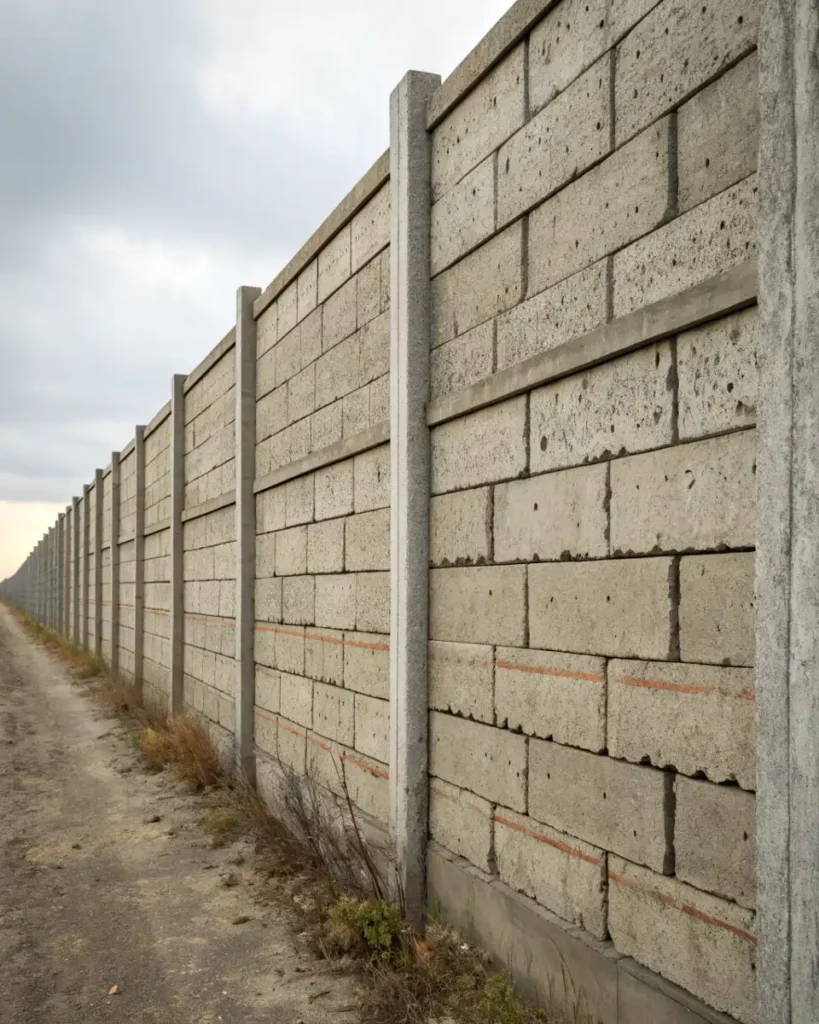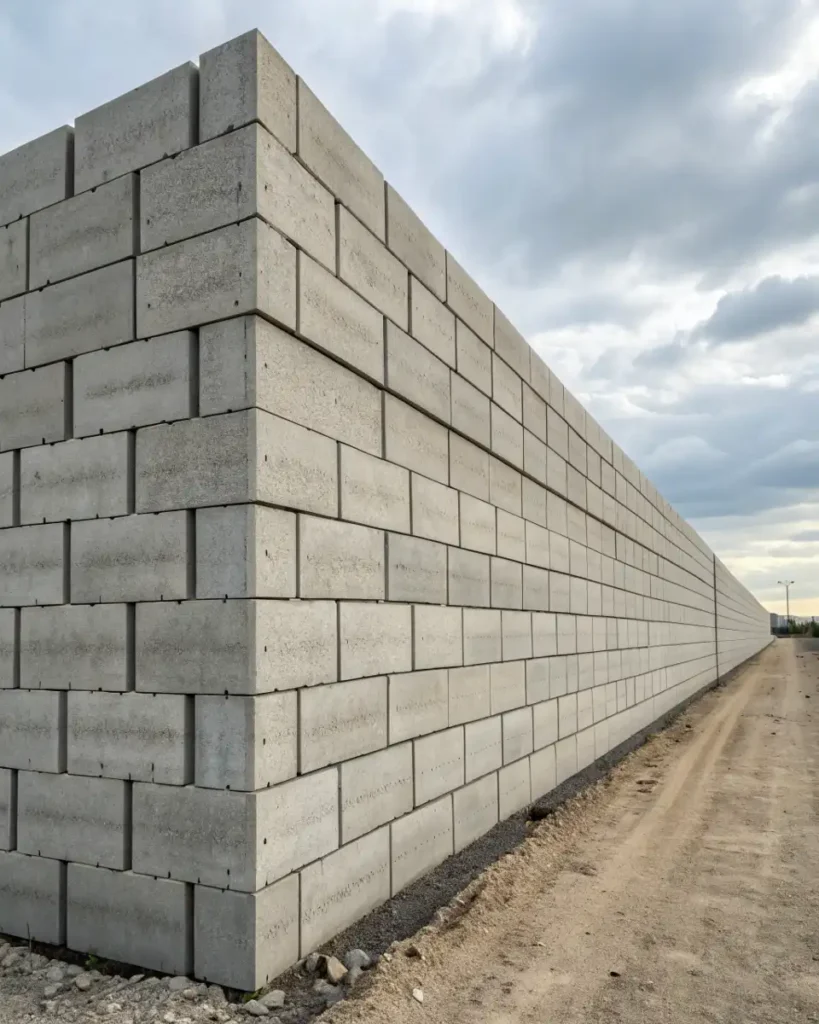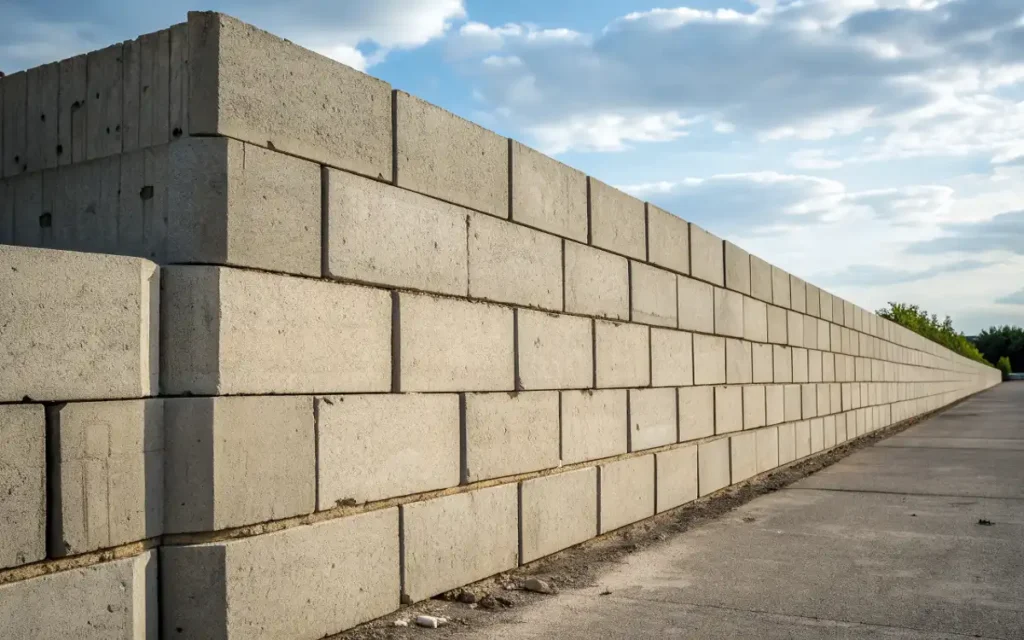Introduction
Knowing how to estimate precast concrete correctly is essential to construction project success.
Each wall, fence, and foundation segment construction relies on precise figure linear ft measurements to incorporate optimal cost control, exact precision, and desired structural performance. This guide articulates how to calculate linear feet in precast concrete.
We have compiled seven innovative and contemporary techniques that meet the 2025 construction standards. Efficiency and reliability in concrete projects require full mastery in measurement whether you work as a contractor, a site engineer or a do-it-yourselfer.
Understanding Figure Linear Ft
Figure linear ft deals with length measurement of materials in figure linear ft in a straight line with the height or depth being disregarded. This is important to understand for accurate execution of a project.
This becomes clearer in the context of linear feet of precast wall. If a person indicates that they need a 150 linear feet precast wall, they mean to say that the total running length of the wall is 150 feet, irrespective of the thickness and height of the wall.
This description is necessary to place an order for precast panels, calculate the quantity of reinforcement, estimate the required transport and installation time, and more.
By 2025, the order of the descriptions is more likely to include new technology such as laser range finders and mobile measuring applications, to ensure accuracy and adherence to local building regulations.
Why Linear Measurement is Important in Precast Concrete
Precast concrete components like compound walls, sound barriers, and façade panels are tailored to the particular dimensions of the construction site. Consequently, the linear footage estimation accuracy is fundamental for the success of the installation.
You Need to Pay More Attention to Measurement
Mistakes lead to material shortages, production delays, and wasted resources. Recent projects have shown that a 2% miscalculation in linear footage can, and has, resulted in a 15% increase in the cost of concrete due to logistics and installation adjustments.
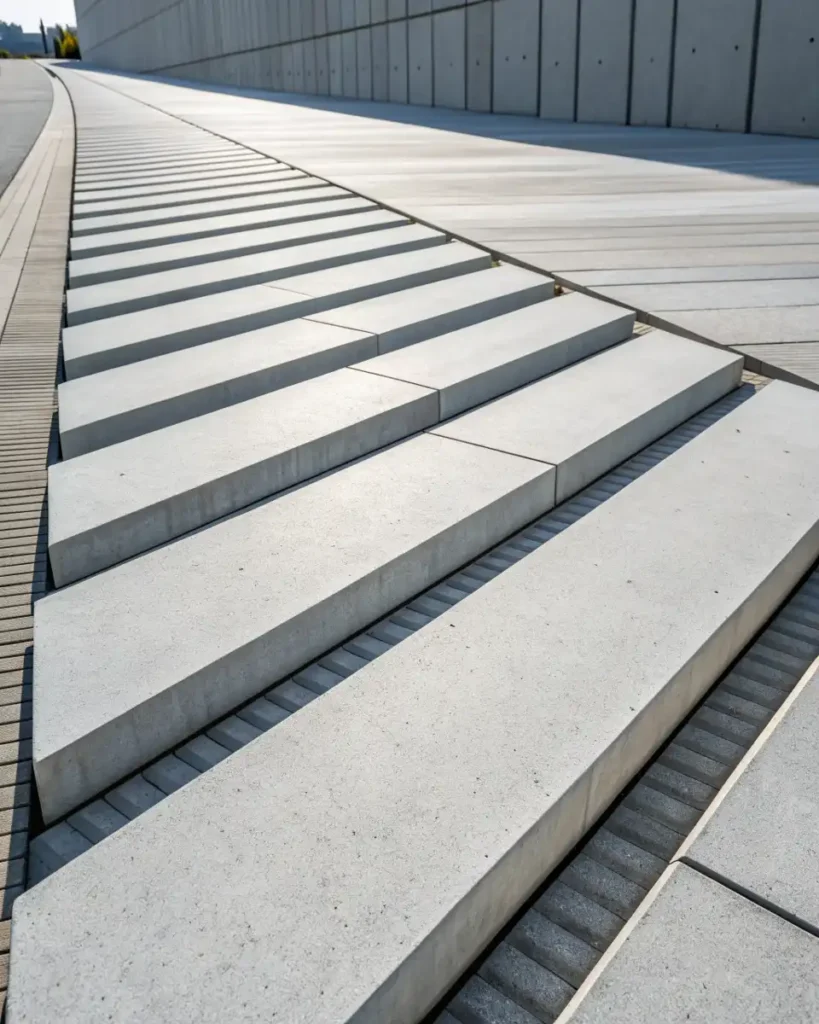
Advancements in Measuring Linear Footage
The 2025 construction guidelines update focuses on digital measuring and recording as the new industry standard. Precast contractors use smartphone measuring software.
These digital tools measure linear footage and perform quick conversions between feet, inches, and meters to eliminate conversion errors in linear footage calculations.
Key updates in 2025 include the use of:
- Laser measuring devices and Bluetooth digital measuring wheels for high precision.
- Integrated measurements with Building Information Modeling (BIM) systems.
- Photographic or digital measure validation in many regions as a requirement to document control.
- Automated metric to imperial unit conversions.
7 Smart Ways to Figure Linear Ft in Precast Concrete
1. Use Reliable Measurement Tools
The first step in calculating figure linear footage is the collection of high-accuracy measuring devices. Laser rangefinders and mobile-integrated measuring systems are more accurate than tape measures.
These instruments take quick readings and transfer the results directly to design applications for enhanced workflow convenience.
Suggested equipment:
- Heavy-duty steel measuring tape for small scale tasks
- Laser distance meter for longer and irregularly shaped areas
- Digital blueprint software for automated section measurement
2. Structure Segmentation for Precision
To avoid complexity in measurement, fences, precast walls, and panels should be measured in straight portions. concrete forms section’s length can be added to yield the total linear footage for the project.
For instance, a boundary wall with three straight runs of 60, 40, and 30 feet results in a total linear footage of 130 feet. This method not only facilitates accurate production but also simplifies the installation alignment.
3. Clearly Document Each Measurement
To eliminate confusion, a basic table or a digital spreadsheet works well. To avoid rounding errors during later conversions, the individual section feet and inch measurements should be documented. This saves considerable time. Many contractors have tools that automatically produce marked-up illustrations based on the measured inputs.
Recording a Sample Table:
| Section | Measurement (ft) | Description | Notes |
| A1 | 40 | Front wall | Straight section |
| B1 | 25 | Fence near driveway | Includes gate pillar |
| C1 | 60 | Rear boundary | Two curve adjustments |
| Total | 125 ft | — | — |
4. Convert Units When Necessary
Conversions are important for international projects with metric system suppliers. Remember:
- Convert inches to feet by dividing total inches by 12.
- Convert meters to feet by multiplying by 3.281.
Example:
- For a precast panel run measuring 8 meters, the figure linear ft = 8 × 3.281 = 26.25 ft.
- These conversions can be done automatically in modern apps within design tools.
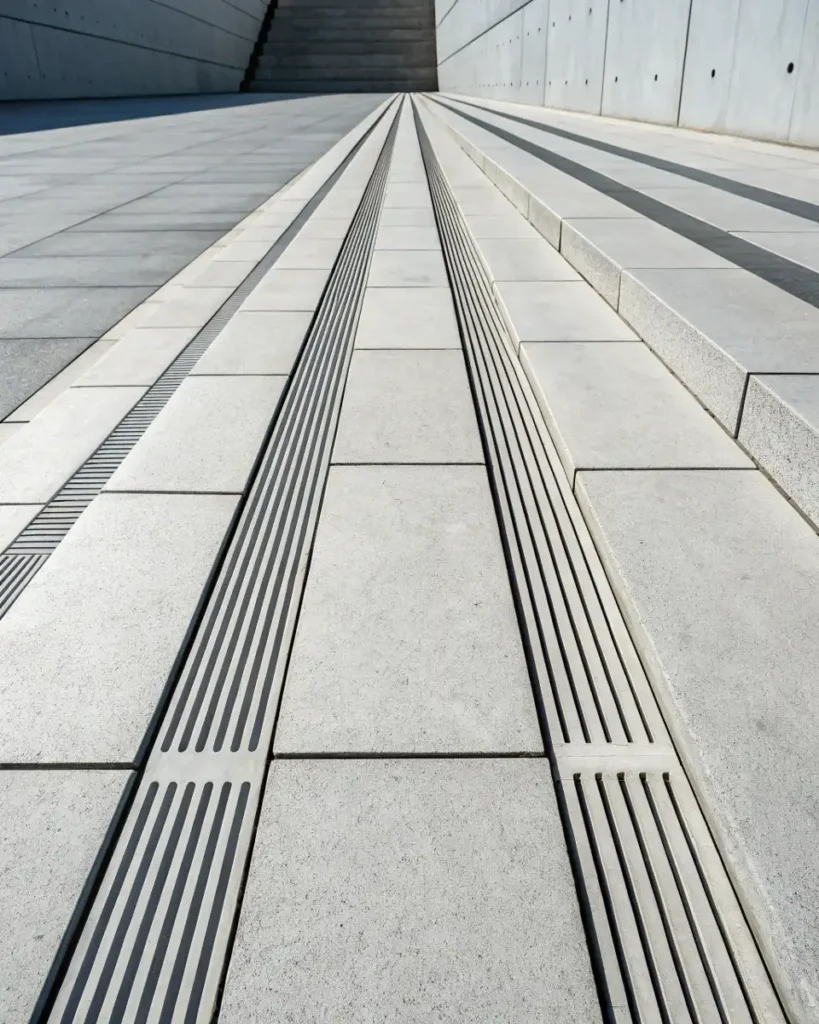
5. Validate and Cross-Check Measurements
Check and review recorded data to site drawings and layout plans. Cross-verification checks if the design and physical lengths correspond. To mitigate disputes and prevent costly adjustments in the pre-manufacture of materials, contractors validate figure linear ft calculations using GPS-based mapping for large commercial installations.
This is required by many 2025 regional standards as a step in the cross-verification process before precast manufacturing approval.
6. Factor in Wall Thickness and Joints
It is important to understand the effect of total materials use even when figure linear ft only measures the length. For example, precast walls taller than 8 feet as a structural element use thicker panels or reinforced base units.
In 2025, the average cost for a 6 to 8 ft tall precast wall, with installation included, ranges from 150to150to320 per linear foot. Thus, small estimation errors can lead to large cost impacts on the overall project.
7. Use estimation Software and AI Tools
The latest modeling apps of 2025 perform AI-driven blueprint analyses and immediate linear foot calculations. These apps enable drag and drop changes, 3D renderings, and real-time connections to suppliers for immediate price estimates.
Some recent utilities also automatically identify overlapping structures and propose variations to reduce costs which streamlines the precision and efficacy of project bids.
| Type of Structure | Cost per Square Foot | Cost per Linear Foot | Key Influencing Factors |
| Precast Panels | $25 – $40 | $150 – $320 | Wall height, finish texture |
| Retaining Walls | $45 – $270 | $150 – $350 | Soil type, reinforcement |
| Boundary Fences | $72 – $88/sq ft (India) | $200 – $300 | Panel thickness, transport |
| Decorative Concrete Walls | $20 – $50 | $120 – $240 | Surface design, curing quality |
As for costs associated with precast concrete, these are influenced by labor, materials, and transportation costs. Summary Table. Market Pricing Summary.
Costs vary depending on the geographical area; for instance, Bengaluru (India) rates for block wall compound walls are ₹72–₹88 per square foot, whereas in the U.S. it is approximately $320 per linear foot.
The Unhelpful U.S. Customary System: Linear/Square/Cubic Figure Linear Ft
The terms are associated with each other, yet… Precast concrete is factory-made and molded to specific measurements, it is therefore prioritized for linear measurements during order placement and installation.
| Measurement Type | Definition | Typical Use in Construction |
| Linear Footage | Measures only length | Fence layout, walls, slabs |
| Square Footage | Length × Width = Area | Flooring, surface design |
| Cubic Footage | Length × Width × Height | Foundation, filling volume |
Common Mistakes in Figuring Linear ft
- Ignoring irregular boundaries – Precast concrete is jointed; angled and curved boundaries must be straightened.
- Mixing measurement units – Systems must be unified and compatible. Precast concrete joints (normally ½ inch to 1 inch wide) and slit gaps contribute to extensiveness, overlooked joint gaps, and gaps in planning contribute to wasted material and time. Rechecking is critical. Access openings must be considered. Door openings, gates, and other access points should be deducted.
Precast Contractors Functions
Current precast contractors incorporate automated validation systems and utilize drones for documentation. Using sophisticated tools and modular systems, some contractors claim they can install 1,000 linear feet of walls each week.
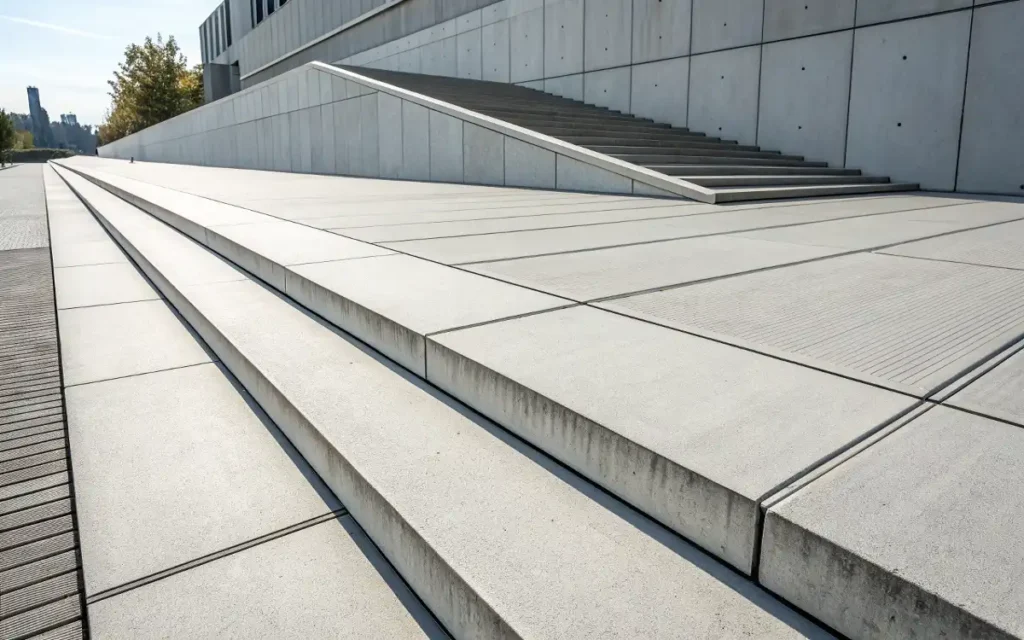
Some of their specific functions include:
- Verifying and approving figure linear ft calculations before the production stage
- Aligning the molds to the measured drawings and supervising this task
- Transporting and placing each component with precision
- Maintaining and managing inspection records, including those required for compliance audits scheduled for 2025.
How Accuracy Improves the Bottom Line
Accurate linear footage estimates translate to better financial results. Research and Markets projected the growth of the global precast concrete industry to be 2.6% annually, with revenue reaching $127.5 billion USD in 2025, due to improvements in modular construction.
The growth highlights the effectiveness of digital measurements and waste reduction techniques, which rely heavily on accurate linear foot measurements.
Enhancements in measuring linear feet
AI-based construction estimation tools are expected to fully automate figure linear ft estimation by 2030.
The future tools will likely incorporate real-time construction site scanning to automatically detect drawing-to-ground setup discrepancies and will close the loop with suppliers to automate order finalization.
With cloud technology, project teams are able to share real-time updates and prepare measurement audits to minimize disputes and support their sustainability claims.
Estimating Figure Linear Ft Example
Let’s picture a project that incorporates the following:
- Front boundary wall: 80 ft
- Side wall left: 60 ft
- Side wall right: 60 ft
- Rear wall: 70 ft
- Assessment Step 1: Take all four sides together: 80 + 60 + 60 + 70 = total 270 ft.
- Assessment Step 2: Substract the visible width of the gates opened.(assume 10 ft)
- Last result: 270 – 10 = 260 linear ft.
Providing installation of 200perlinearft.thetotalofthisprojectis=260∗200perlinearft.thetotalofthisprojectis=260∗200 = $52,000.
To prevent any differences when rounding, was done using the 2025 template digital estimating for estimating. It will automatically adapt for the design tolerances.
Advantages of Learning Linear Foot Measurement
- Maintaining control over the budget by eliminating the risk of over-ordering materials.
- Guaranteeing the project deadlines are achieved on time while avoiding delays waiting for extra panels.
- Improving layout and installation accuracy on site.
- Aligning with sustainability initiatives by minimizing waste.
- Documentation for 2025 standards will be easier to complete.
Summary
The key to successful work in precast concrete starts with the easy and precise calculation of linear feet. The recent digitization and 2025 standards in technology will help complete measurements and designs eliminating discrepancies and aligning to plans in real time.
Proper linear measurement will ensure the work whether it is a wall or a major civil work project will be done with precision, it will also be cost efficient, figure linear ft, on schedule, and of the desired quality.
For Repair and Services
1924 W Edward Ln, Milwaukee, WI 53209, United States
Phone: +14142855933 Email: [email protected]
